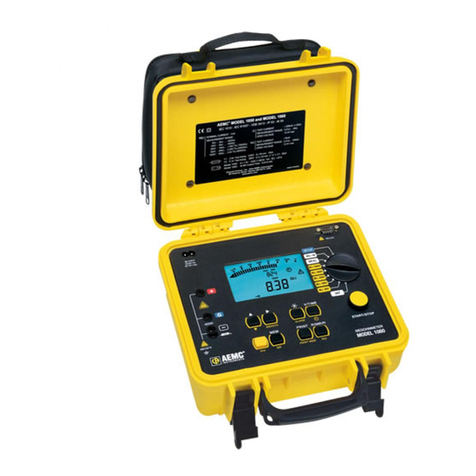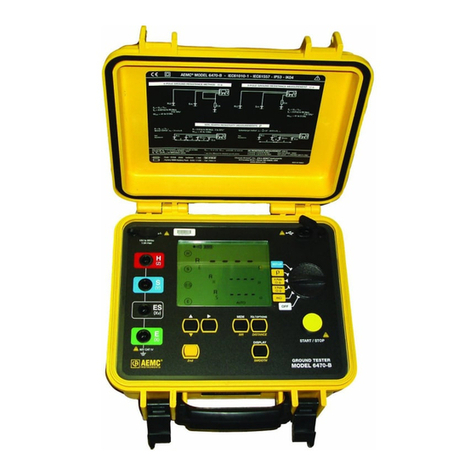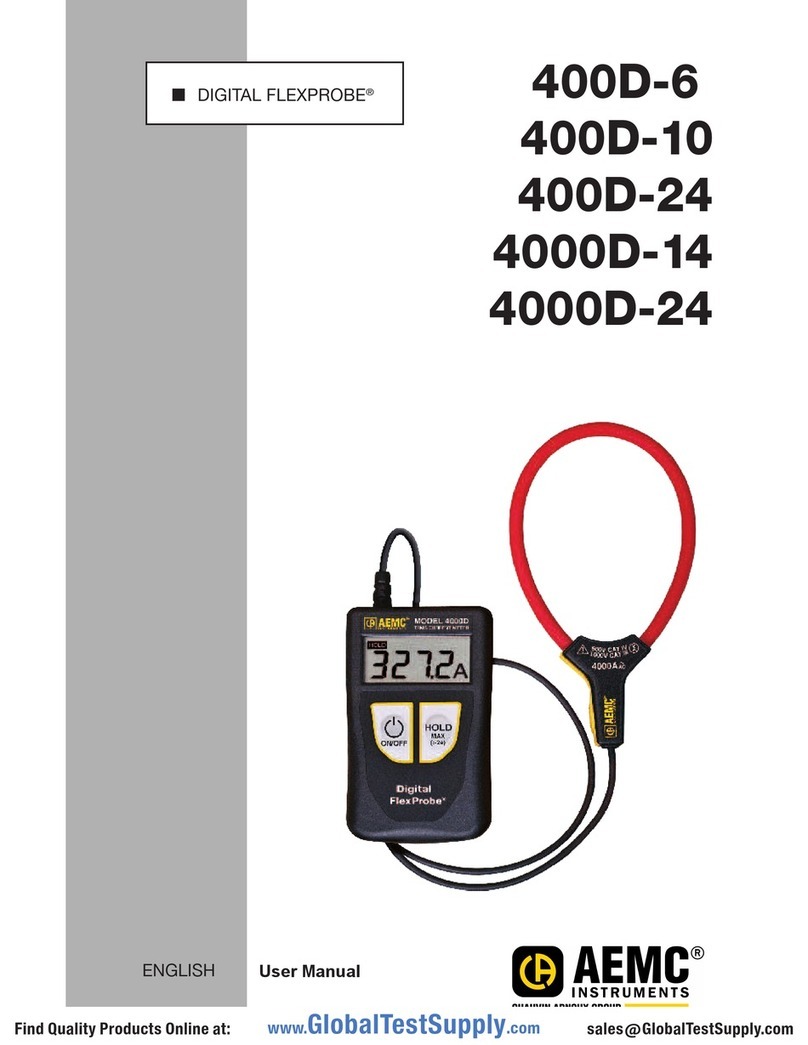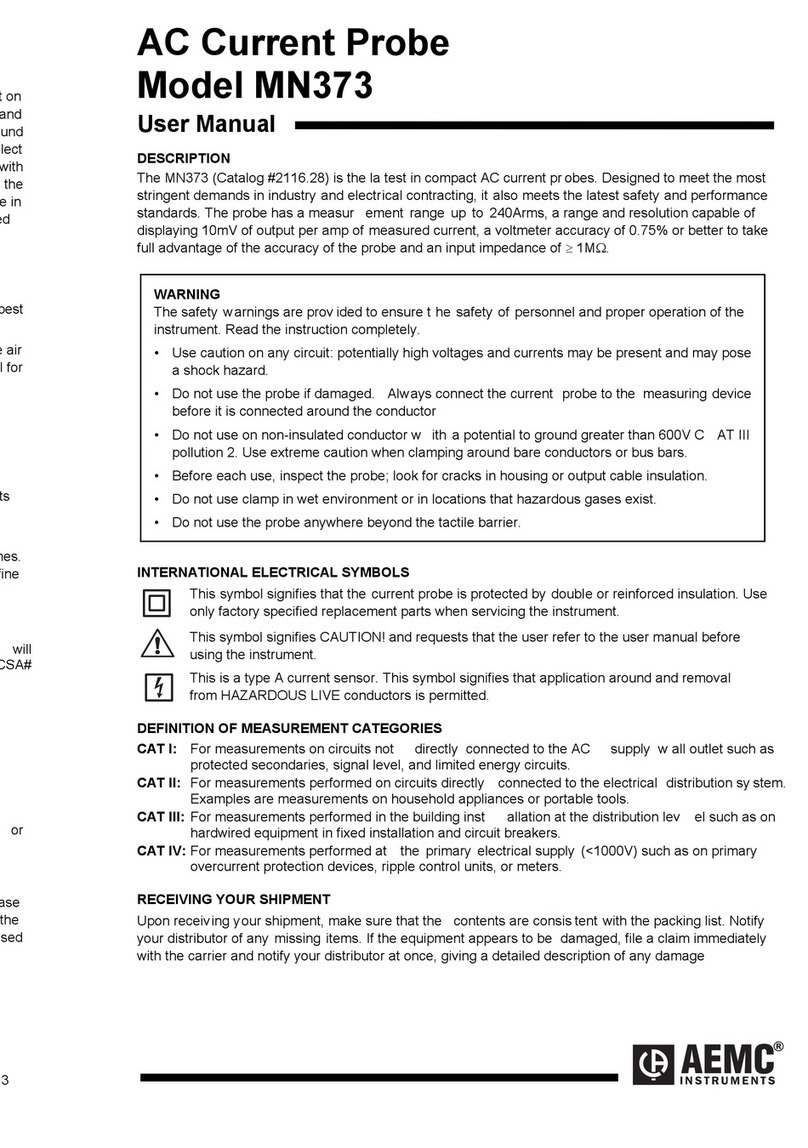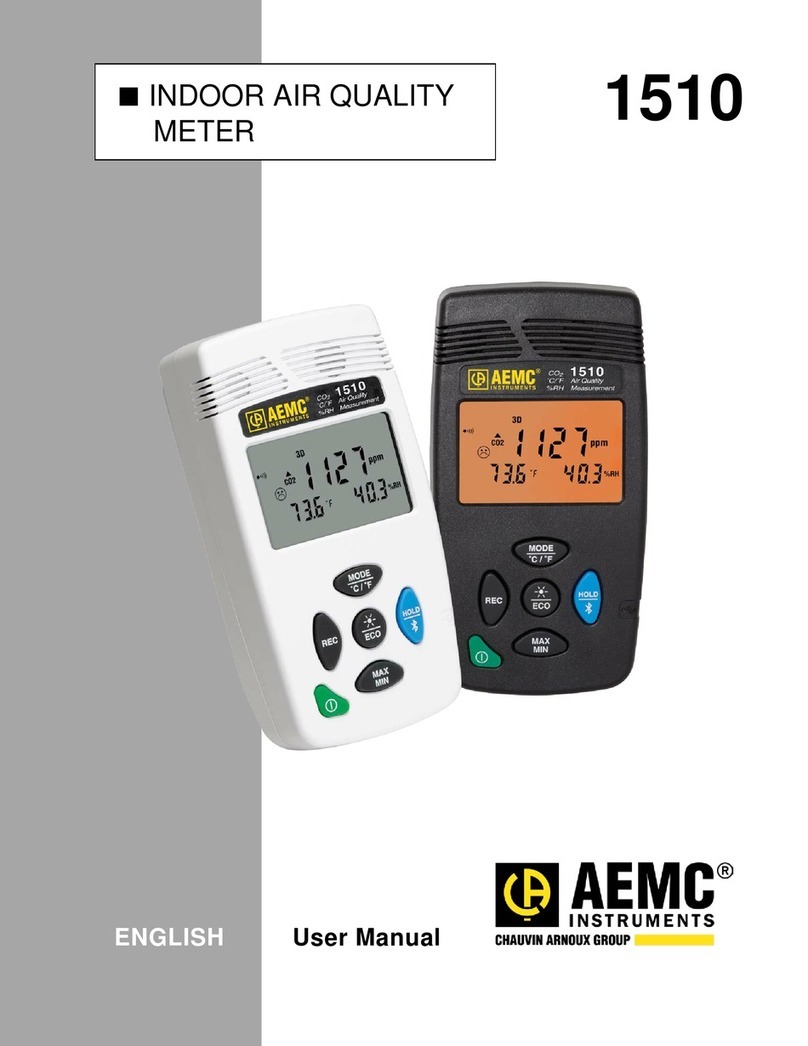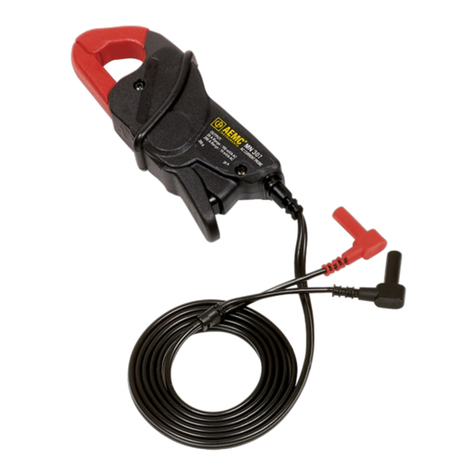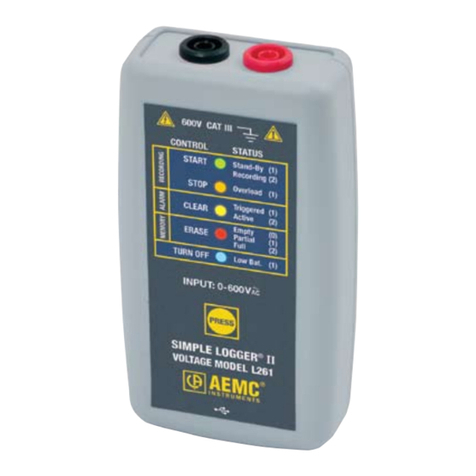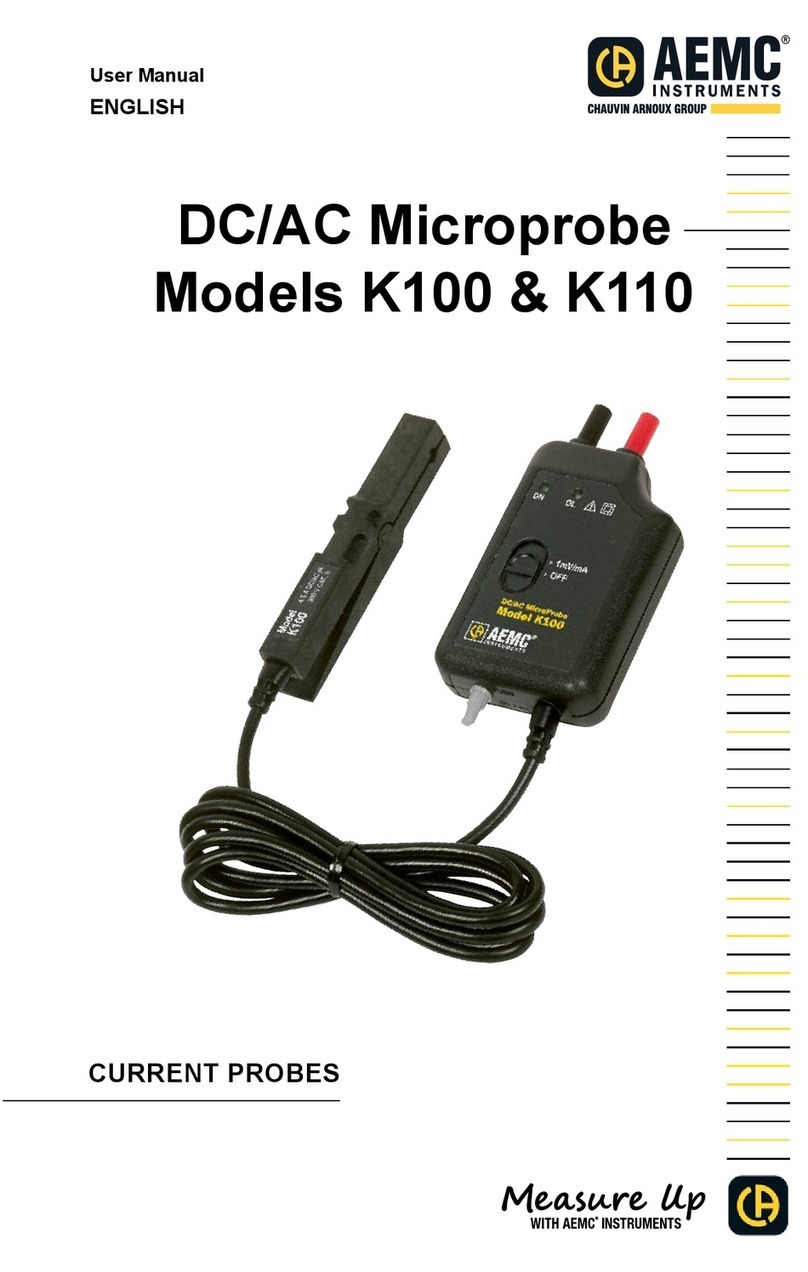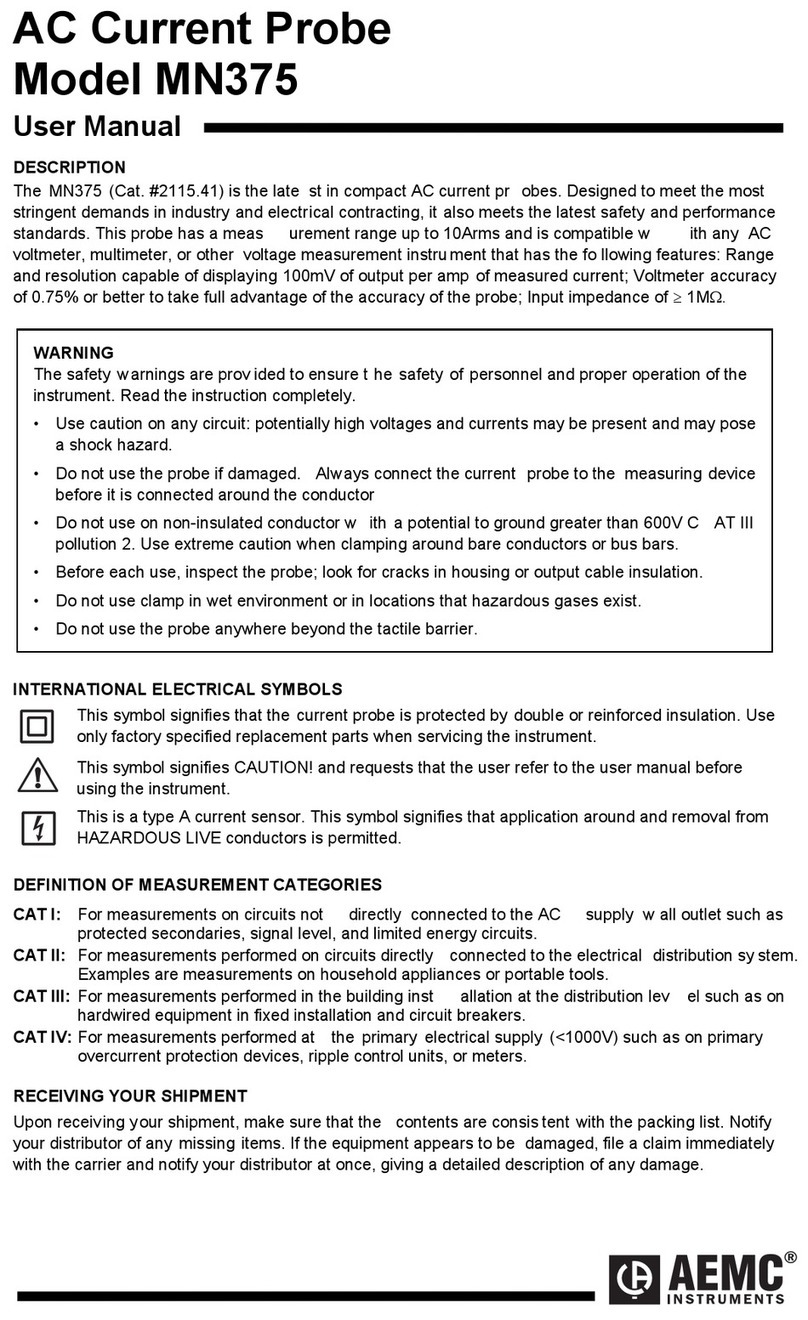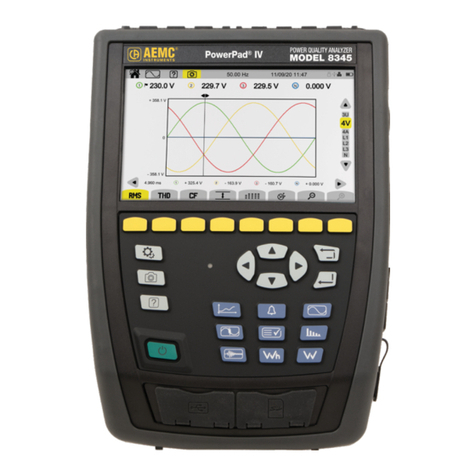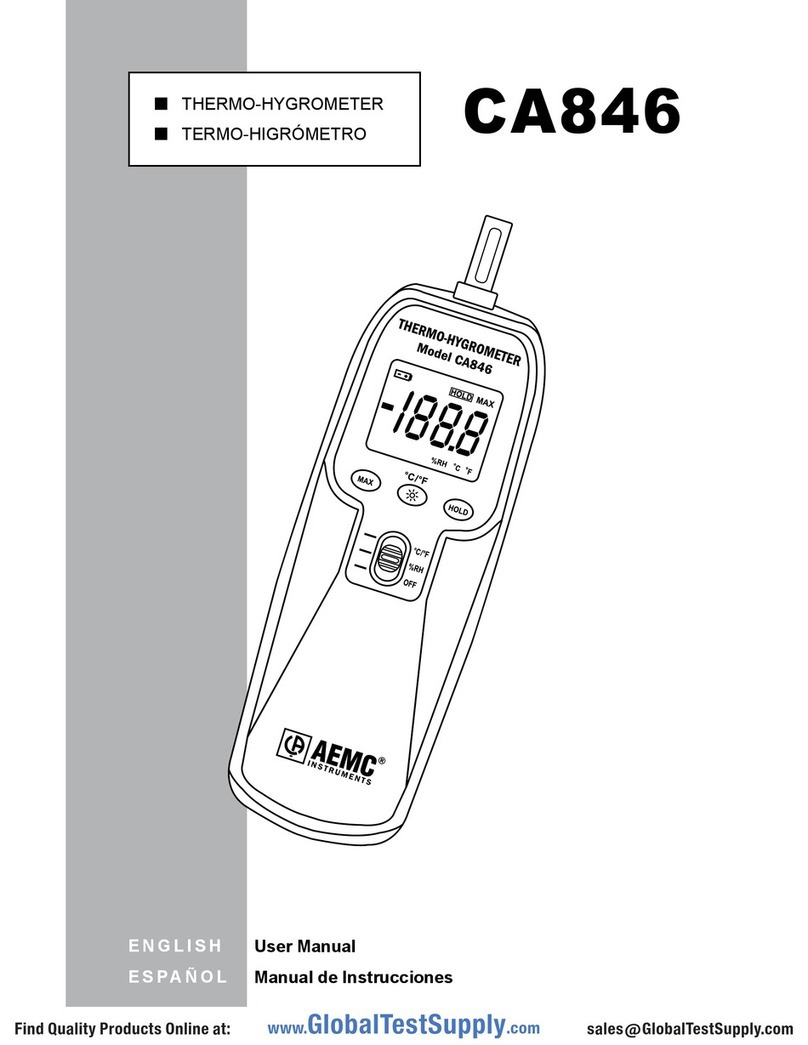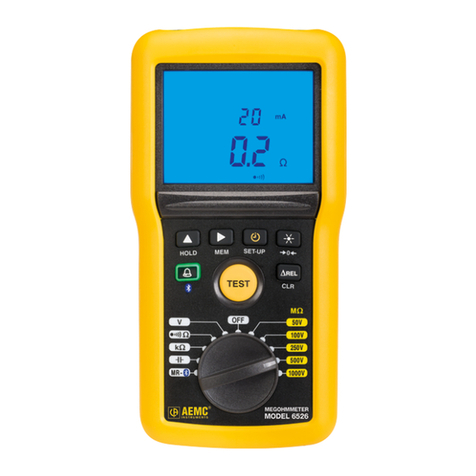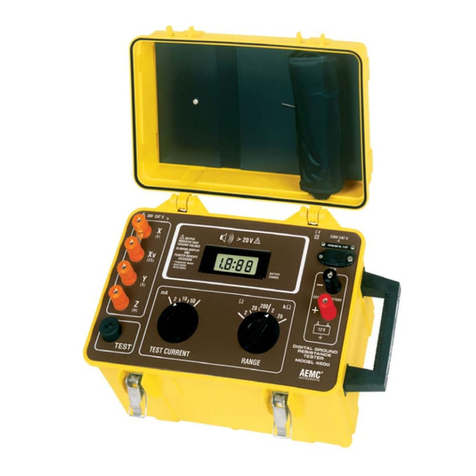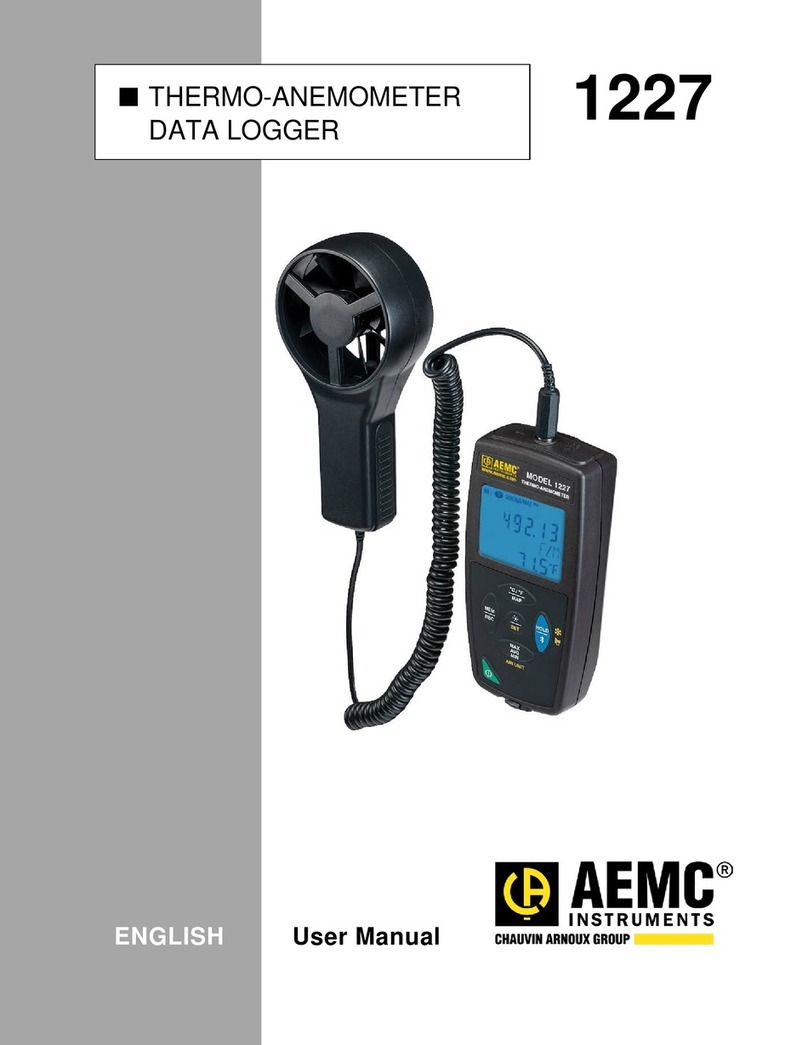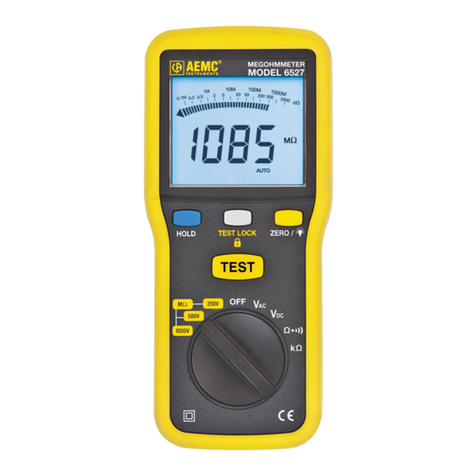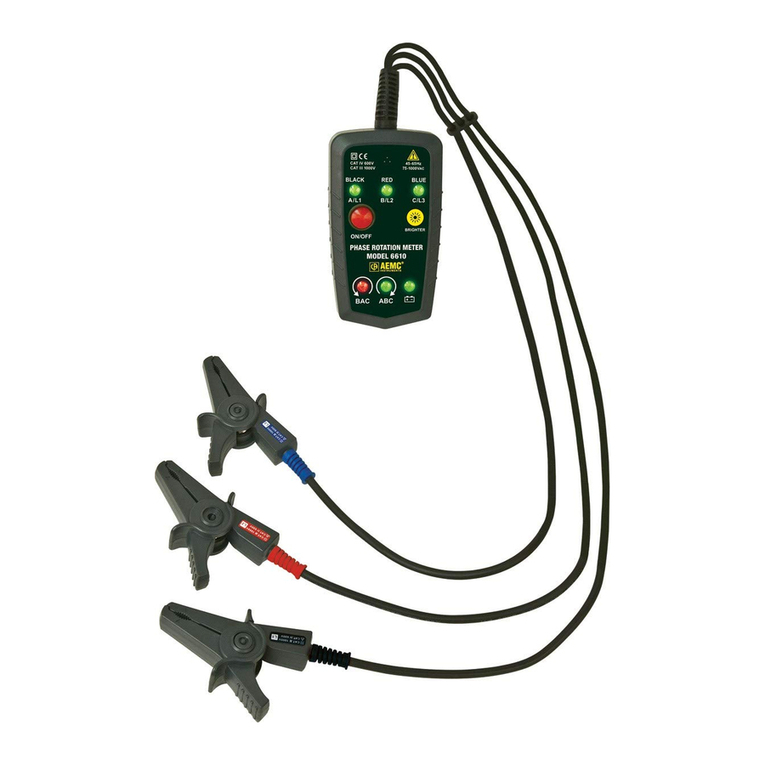
TABLE OF CONTENTS
1. INTRODUCTION ..............................................................3
1.1 Receiving Your Shipment..........................................................4
1.2 Ordering Information.................................................................4
2. PRODUCT FEATURES .....................................................5
2.1 Description................................................................................5
2.2 Control Features .......................................................................7
2.3 Digital Display Features............................................................8
2.3.1 Display and Error Indications........................................9
3. SPECIFICATIONS ..........................................................10
3.1 Electrical Specications ..........................................................10
3.2 General Specications............................................................12
3.3 Mechanical Specications ......................................................12
3.4 Safety Specications ..............................................................13
4. UNDERSTANDING ELECTRICAL HARMONICS .............14
4.1 Detection and Measurement...................................................20
4.2 Effects on the System.............................................................21
4.3 Transformer Derating..............................................................22
4.4 Meter Readings ......................................................................23
4.5 Crest Factor ............................................................................23
4.6 Limiting the Effects of Harmonics ...........................................24
5. OPERATION ..................................................................25
5.1 Current Measurements ..........................................................25
5.1.1 Ranging ......................................................................26
5.1.2 Analog Output – Vout..................................................26
5.1.3 Other Functions ..........................................................26
5.1.4 Bargraph .....................................................................26
5.2 Voltage Measurements ...........................................................27
5.2.1 Ranging ......................................................................28
5.2.2 Other Functions ..........................................................28
5.2.3 Bargraph .....................................................................28












